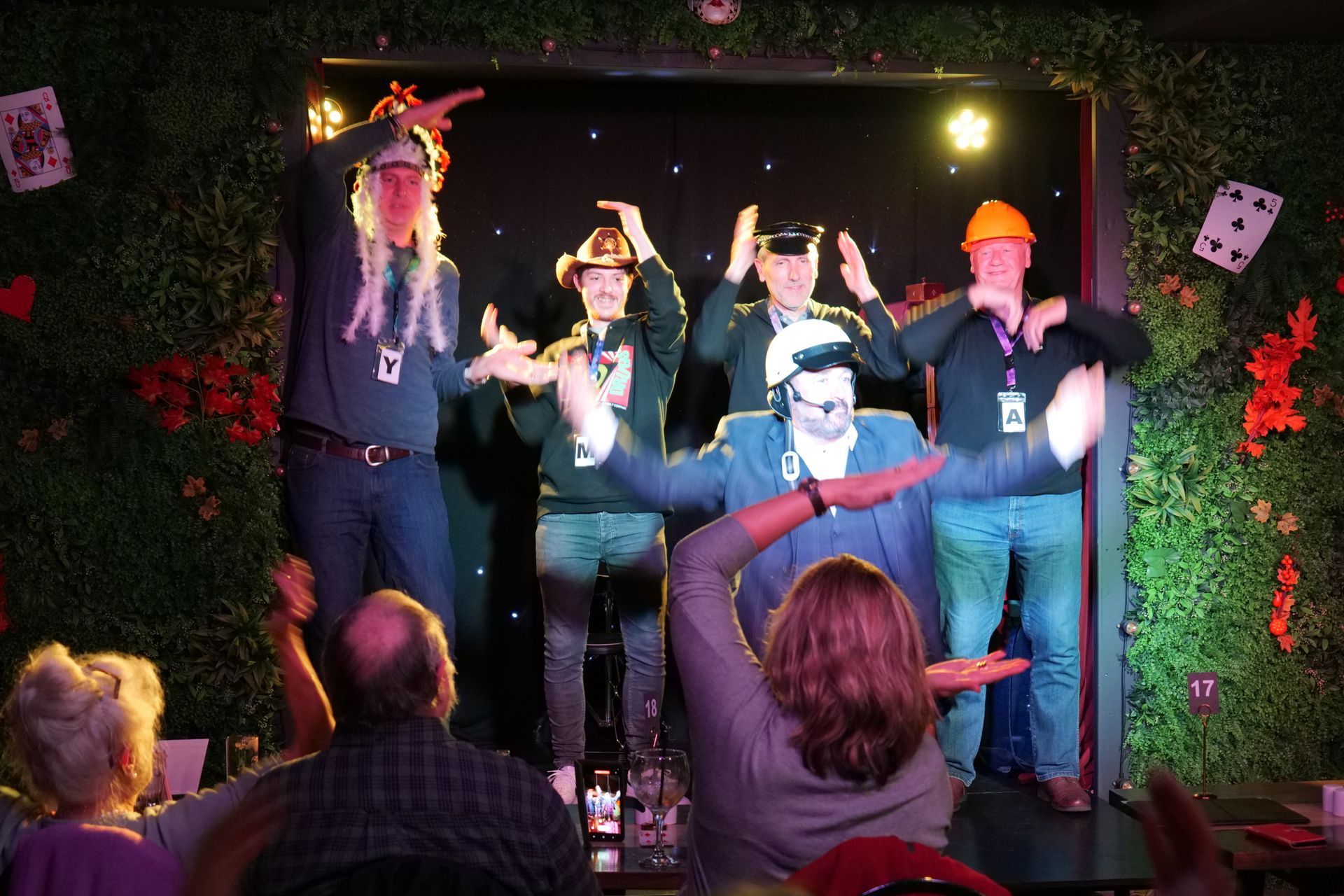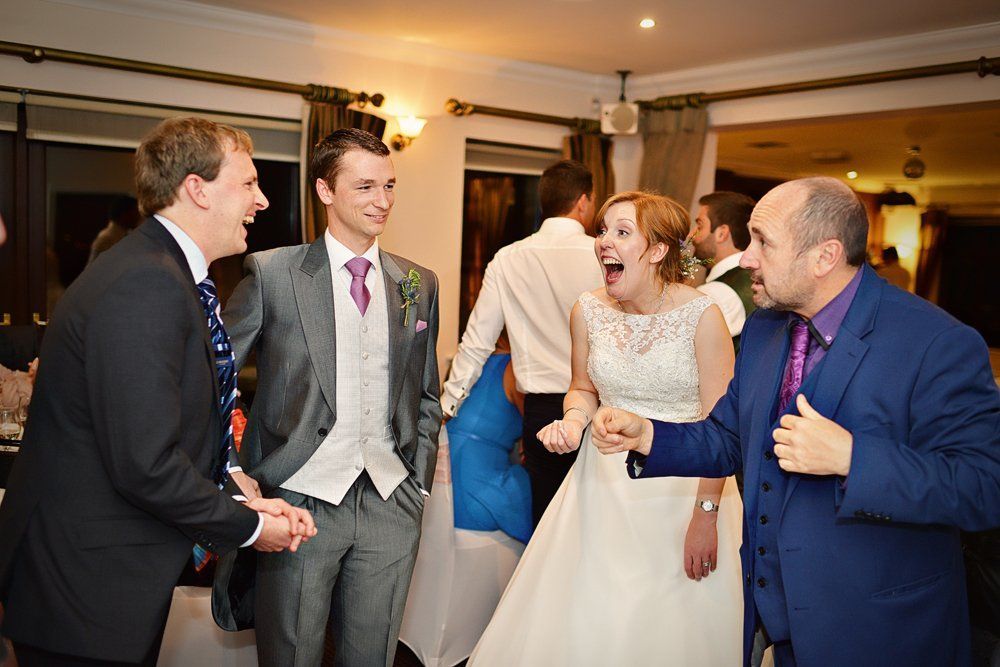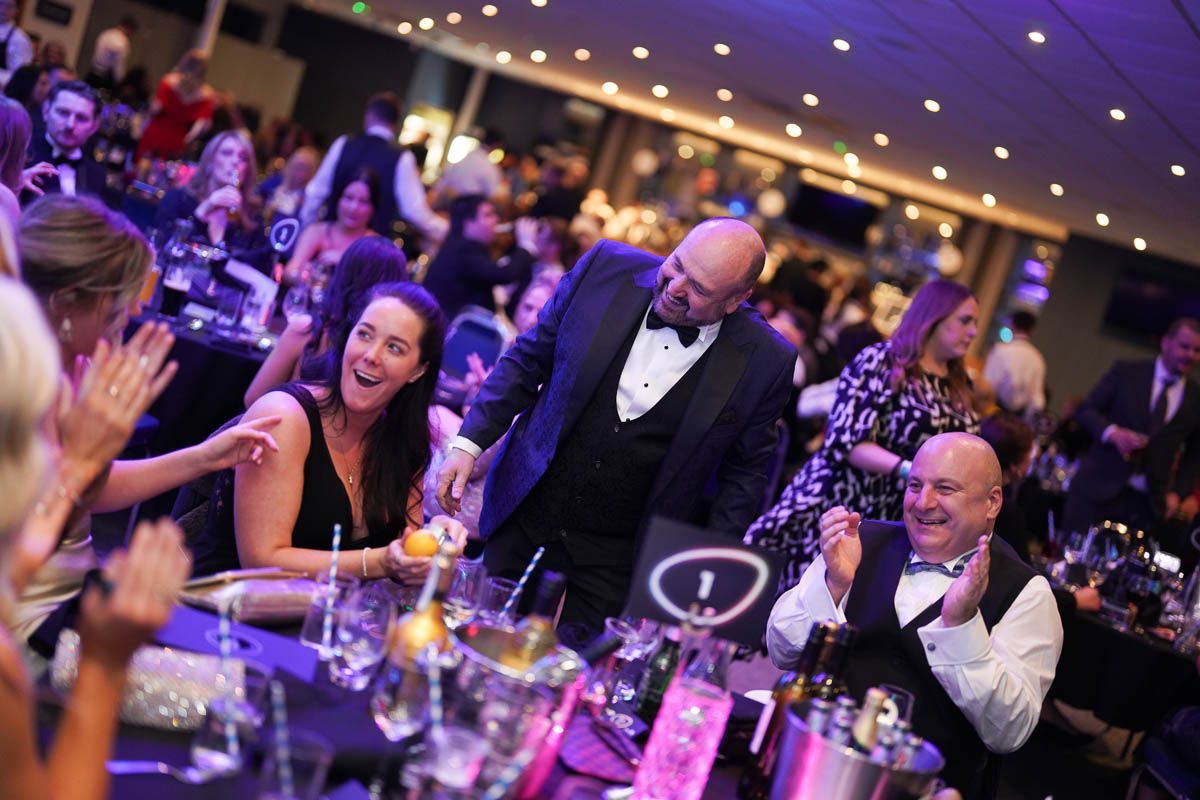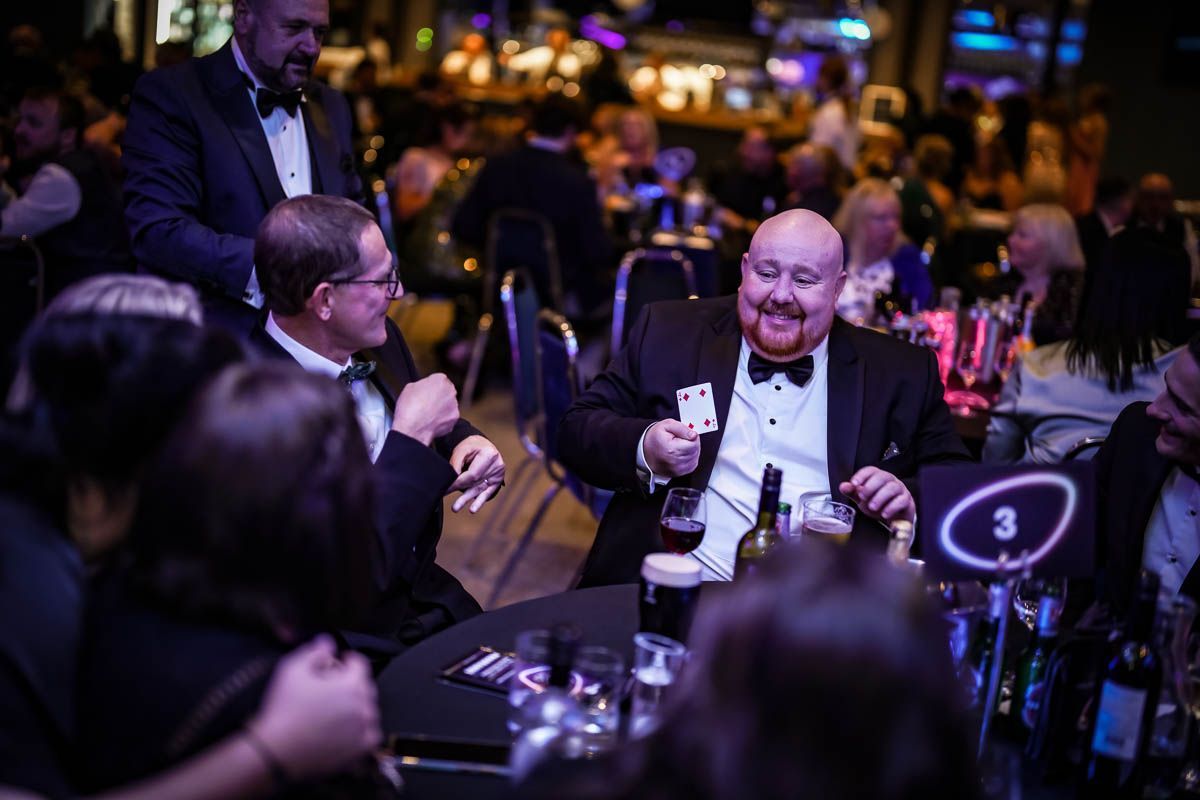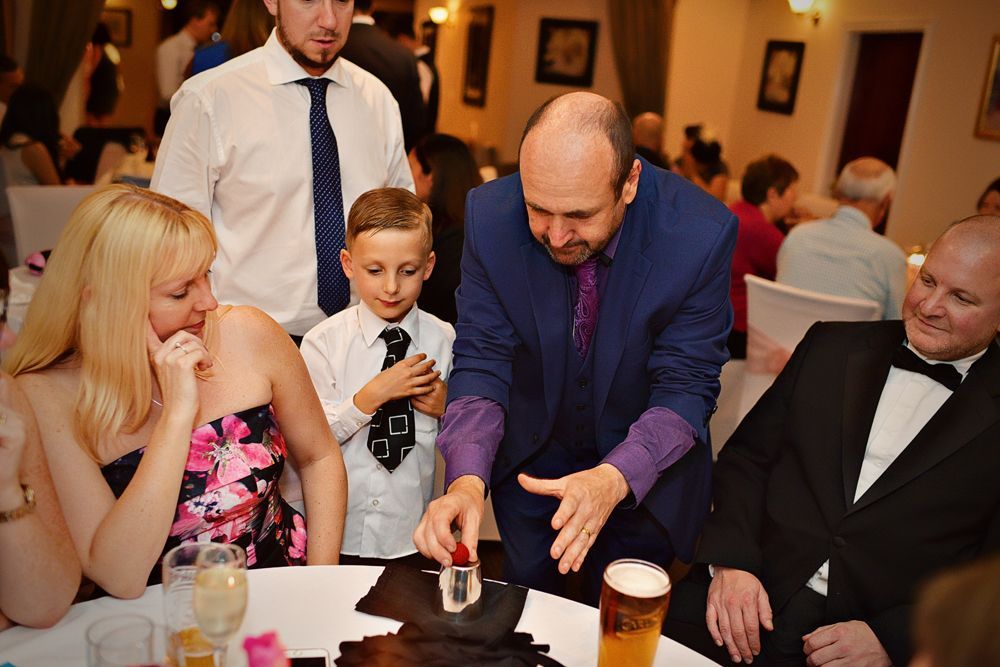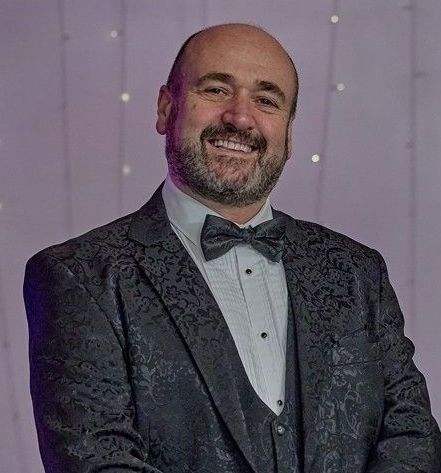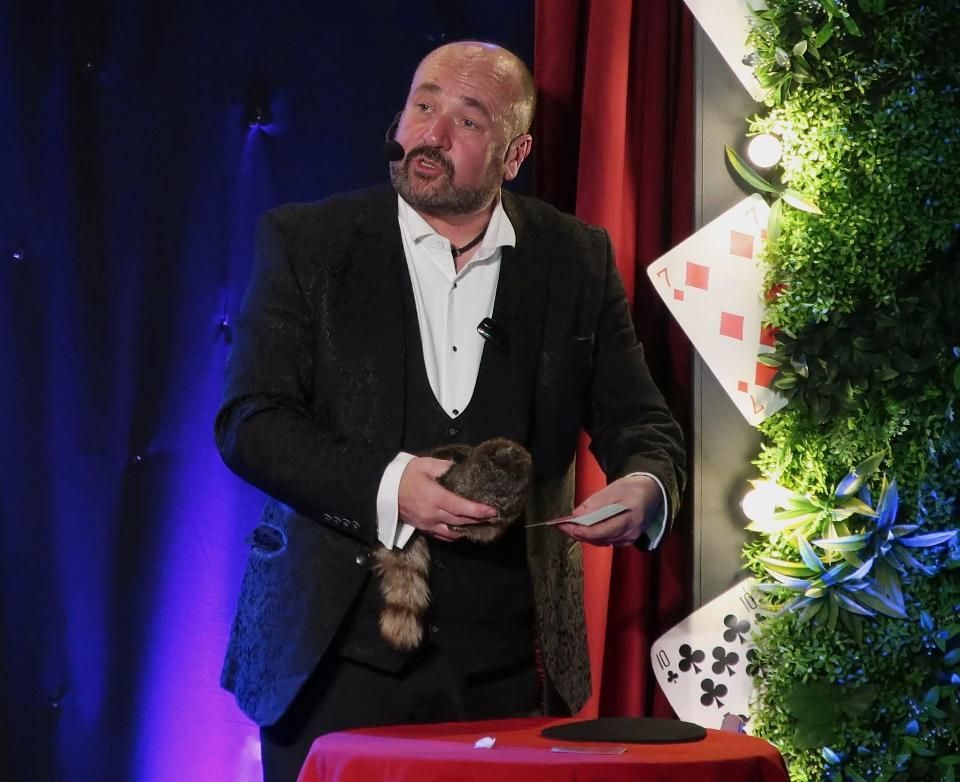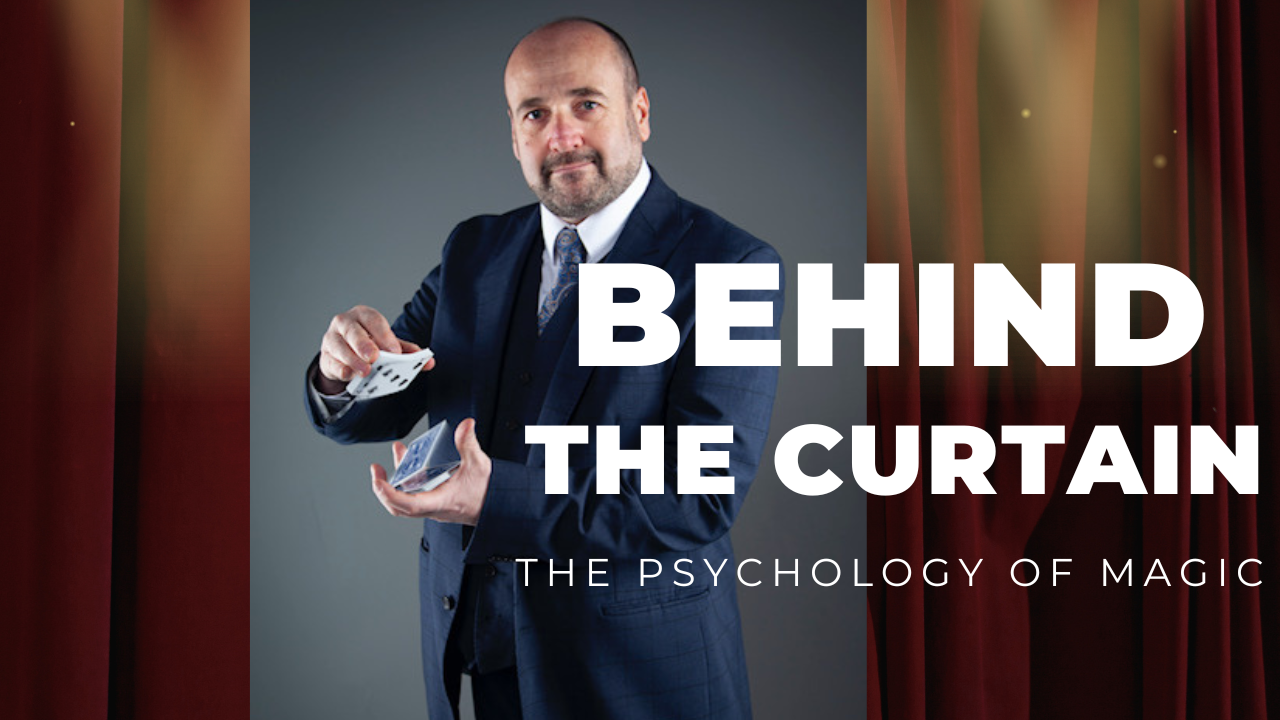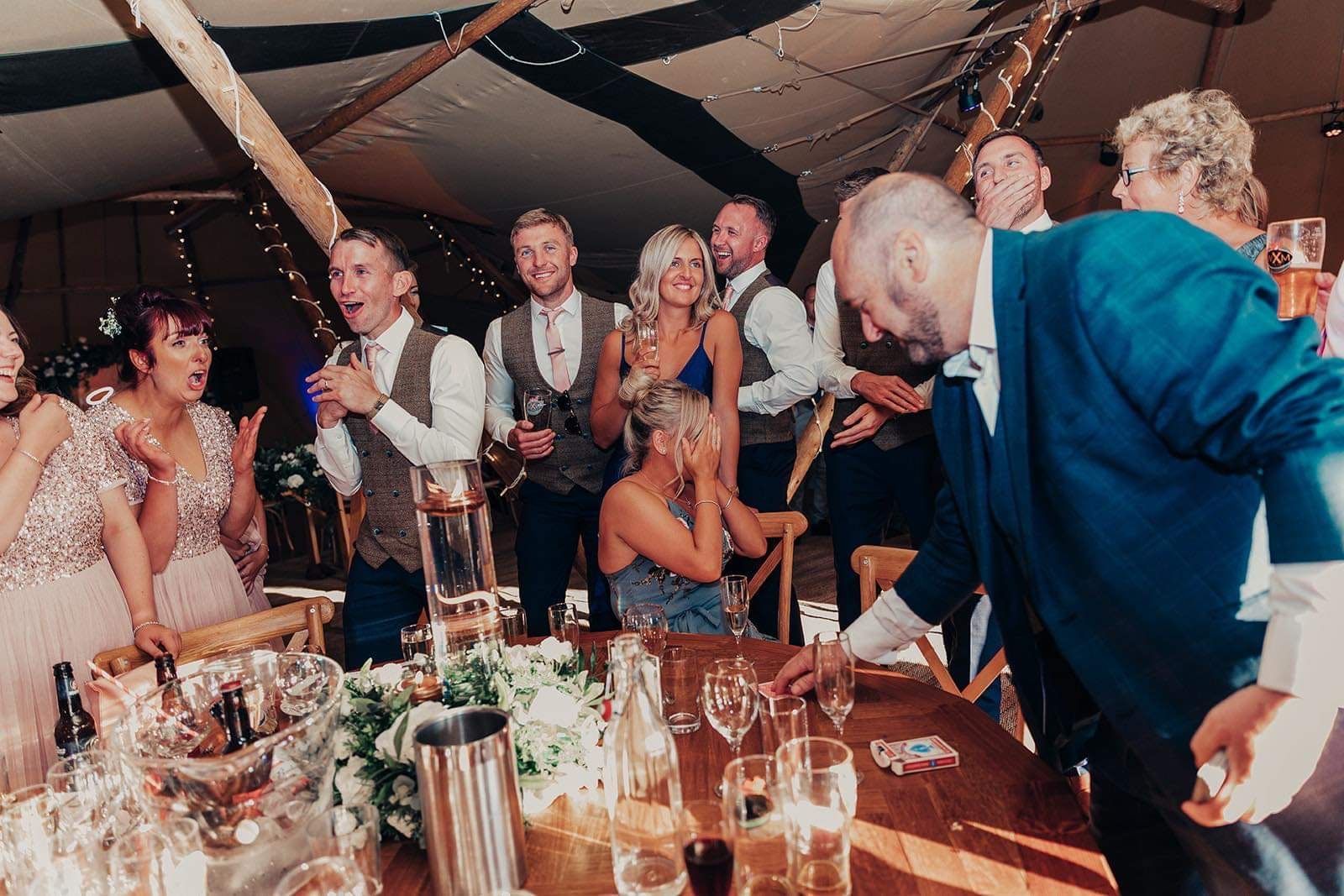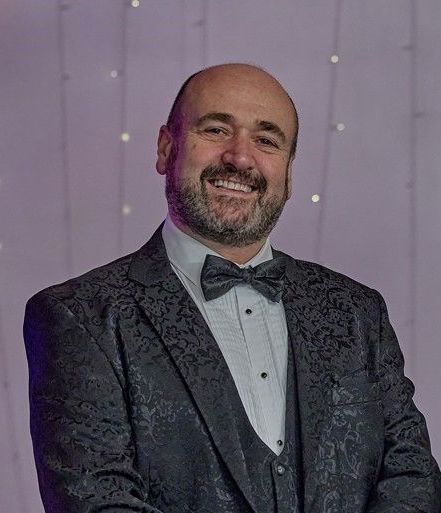Magic in Pop Culture: How Films and TV Shaped Public Fascination
This is a subtitle for your new post
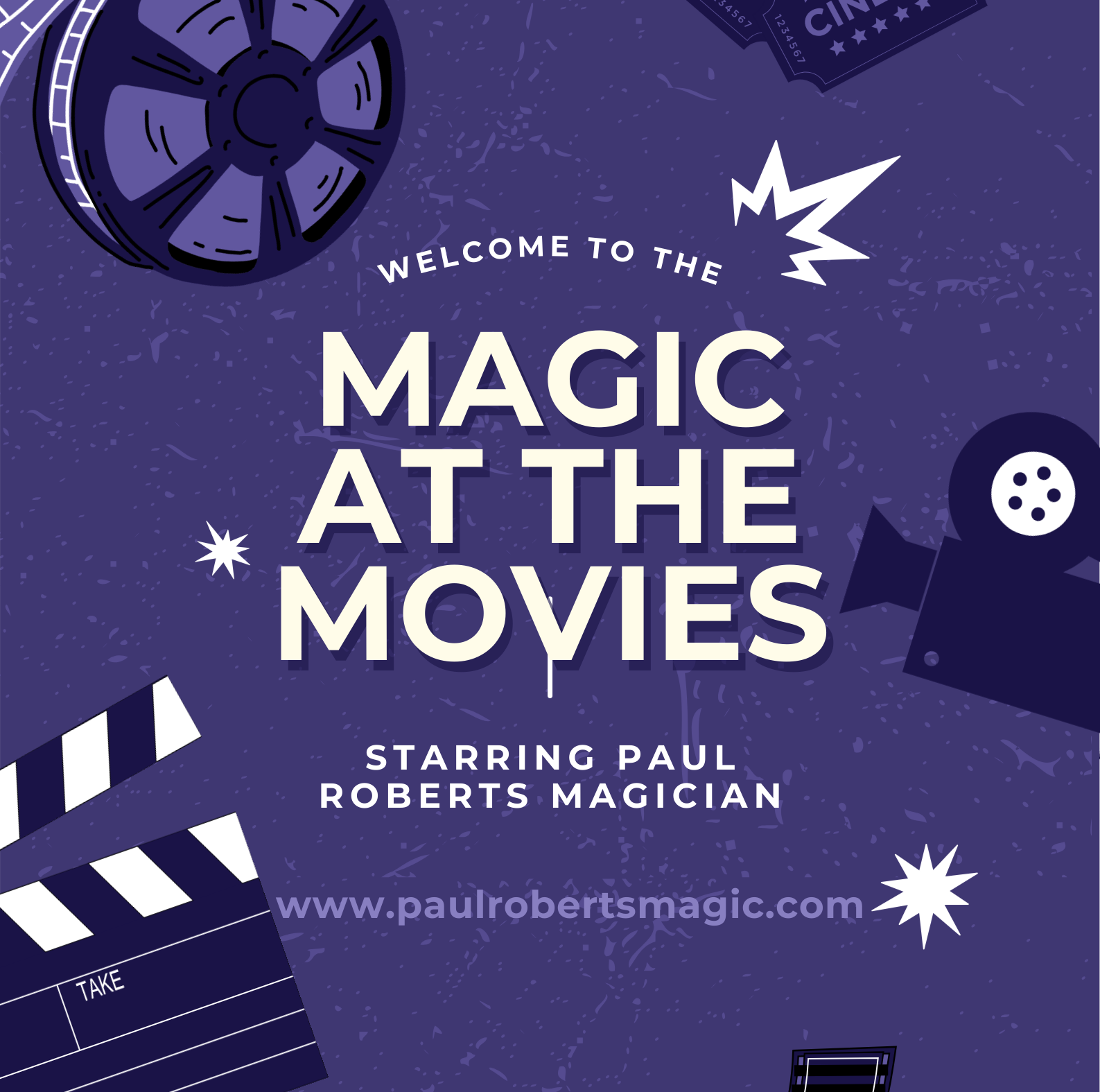
Movie Magic by Paul Roberts.
Im Paul Roberts and as well as being a magician based in Wrexham, North Wales, I am also a huge Movie fan. I’ve spent years captivating audiences with illusions that blur the line between reality and wonder. From intimate close-up magic at corporate events in Chester to grand stage shows in Liverpool, I’ve seen first hand how pop culture influences people’s fascination with magic. Films and TV series have played a pivotal role in this, turning the ancient art of conjuring into a modern spectacle. In this blog, I’ll dive into two standout movies: The Prestige (2006) and Now You See Me (2013). These films not only portray magicians in dramatic, larger-than-life ways but also masterfully blend real-world techniques with fictional flair, inspiring countless aspiring illusionists—including those in our local communities across North Wales and the Northwest of England.
Let’s start with The Prestige, directed by Christopher Nolan. This Victorian-era thriller follows the intense rivalry between two magicians, Robert Angier (Hugh Jackman) and Alfred Borden (Christian Bale), as they obsess over creating the ultimate illusion: “The Transported Man.” The film’s structure itself is a meta-magic trick, divided into three acts that mirror the components of a classic illusion—the Pledge (introducing something ordinary), the Turn (making it extraordinary), and the Prestige (restoring it with a twist). Cutter, played by Michael Caine, narrates this framework early on, setting the stage for a narrative that’s as deceptive as the tricks it depicts.
What makes The Prestige so compelling in its portrayal of magic is its grounding in historical authenticity. The story draws inspiration from real-life warring Victorian magicians, such as those who chased illusions across Europe in a cat-and-mouse game of innovation and sabotage. Angier and Borden embody the archetype of the magician as an inventor and perfectionist. Borden, for instance, emphasizes creating something new that leaves other magicians scratching their heads, highlighting the competitive underbelly of the profession. The film explores themes of sacrifice: Borden’s dedication borders on the masochistic, while Angier’s pursuit leads him to extreme, almost supernatural lengths, questioning whether true magic is a trick or something “fantastically real” explained by illogical science.
In blending reality and fiction, The Prestige reveals some genuine magic techniques—like the use of doubles or misdirection—while veering into sci-fi territory with Tesla’s involvement (played by David Bowie). This mix demystifies magic for viewers, showing the grueling practice behind the glamour, yet it preserves the awe. As a magician from Wrexham, I often draw from similar principles in my shows. For example, when performing in venues near Shrewsbury or Stoke-on-Trent, I incorporate misdirection inspired by these historical rivalries, reminding audiences that the real magic lies in the performer’s commitment. The film’s dark tone also underscores the “dark side” of magic, including scandals and ethical dilemmas, which resonate with real magicians who guard their secrets fiercely.
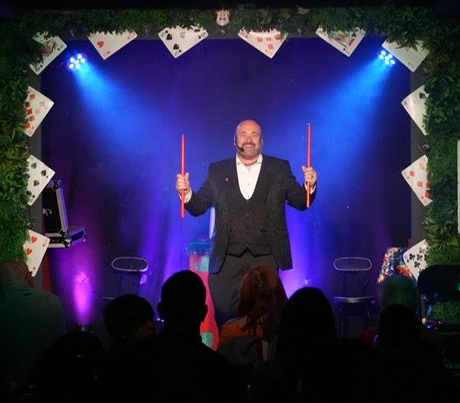
"Now you see me"
Shifting gears to a more contemporary take, Now You See Me brings magic into the high-stakes world of heists and spectacle. Directed by Louis Leterrier, the film follows the “Four Horsemen,” a team of illusionists (Jesse Eisenberg, Woody Harrelson, Isla Fisher, and Dave Franco) who use their skills to rob corrupt billionaires and redistribute wealth during live performances. Unlike The Prestige‘s introspective drama, this movie is a fast-paced thriller that portrays magicians as suave, tech-savvy superheroes. The Horsemen’s tricks—such as a bank robbery via hypnosis or a rain of money from the sky—blend street magic, mentalism, and elaborate stage setups.
The portrayal here is less about the solitary artist and more about collaboration and showmanship. Real magic consultant David Kwong helped ground some illusions in actual techniques, like card forces or sleight-of-hand, but much is amplified for cinematic effect. For instance, the film’s hypnosis scenes sparked a surge in interest in the art, much like Derren Brown’s TV specials. However, critics among real magicians note that the depictions are dramatized and glamorous, far from everyday performances—magicians don’t typically rob banks, after all, well I don’t. The movie suggests a belief in “real” magic, encouraging viewers to suspend disbelief and embrace the impossible, even if it’s just movie magic.
Now You See Me excels in blending reality with fiction by incorporating plausible elements like cold reading and probability in mentalism, while escalating to improbable feats that rely on plot twists. This approach makes magic accessible and exciting, portraying it as a tool for justice and entertainment. In my own career, I’ve seen how such films influence corporate gigs in Manchester or wedding receptions in Crewe—clients often request “heist-style” reveals or interactive illusions that echo the Horsemen’s flair. Yet, the film’s ego-driven characters ring true to some extent; the magic community can be competitive, though most of us focus on delighting audiences rather than grand larceny.
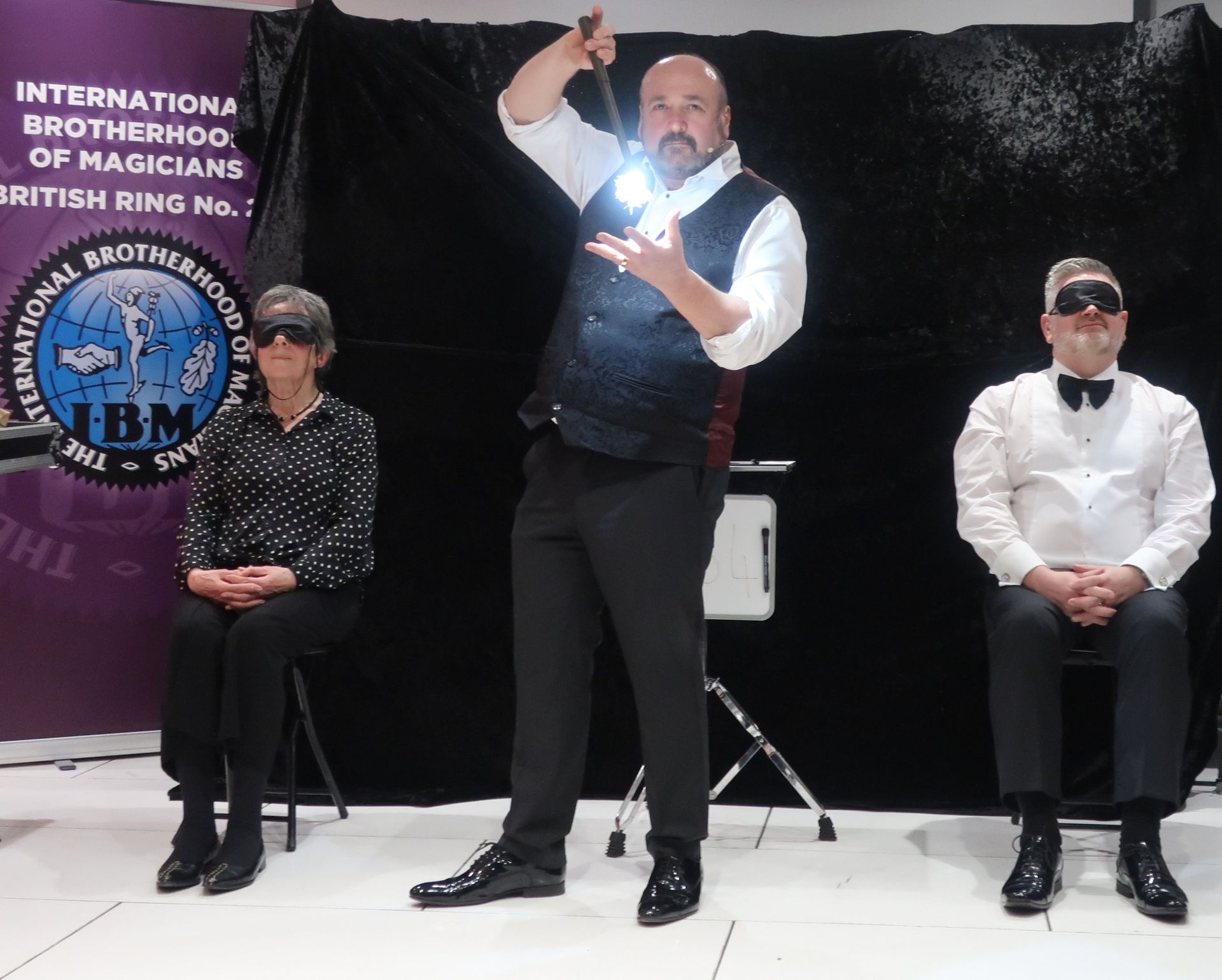
Blending Reality and Illusion
Both films masterfully blend reality and fiction to heighten public fascination. The Prestige uses historical roots and psychological depth to show magic’s human cost, while Now You See Me leverages modern tech and ensemble dynamics for adrenaline-fueled fun. Together, they demystify tricks just enough to intrigue without spoiling the wonder—much like how I reveal a card force in a show but keep the full method secret. This balance is key: real magicians use misdirection, preparation, and audience psychology, but films add layers of narrative drama, like cloned duplicates or invisible inks, that push boundaries. TV shows like Penn & Teller: Fool Us or BGT segments further this by showcasing real performers, bridging the gap between screen and stage.
These portrayals have profoundly inspired new generations of magicians. Films like these spark curiosity, leading viewers to learn basic tricks online or join magic clubs. For instance, Now You See Me caused a boom in hypnosis interest, drawing young people into mentalism. Similarly, The Prestigeencourages innovation, prompting aspiring illusionists to experiment with science and storytelling. In the UK, this influence is evident in rising memberships at societies like The Magic Circle, where newcomers cite these movies as gateways. Locally, in areas like Wolverhampton or Birkenhead within 100 miles of Wrexham, I’ve mentored young talents who started with card decks after watching these films. Pop culture doesn’t just entertain; it recruits. It transforms passive viewers into active creators, fostering a new wave of performers who blend traditional sleight-of-hand with digital effects.
As someone who’s performed across North Wales and into the Midlands— from intimate gatherings in Llangollen to festivals in Widnes—I’ve witnessed this inspiration first hand. Teens at weddings often approach me post-show, eyes wide, asking how to start in magic. It’s heartening, as these films remind us that magic is about evoking emotion, not just tricks. They challenge stereotypes, showing magicians as intellectuals, rebels, and artists.
In conclusion, films like The Prestige and Now You See Me have reshaped public fascination by weaving authentic magic elements into gripping stories, inspiring countless to pursue the craft. If you’re in Wrexham or nearby cities like Chester, Liverpool, Manchester, Shrewsbury, or Stoke-on-Trent, why not experience this magic live? As an award-winning magician, I offer bespoke shows that capture that cinematic thrill. Contact me for your next event—let’s create some real prestige together.
